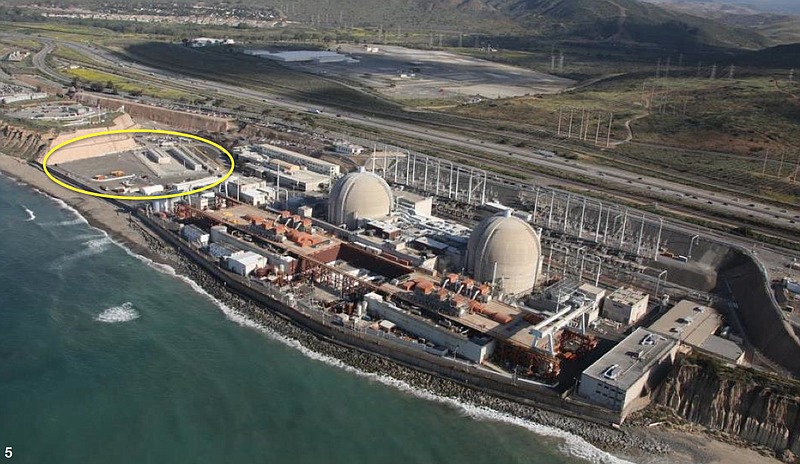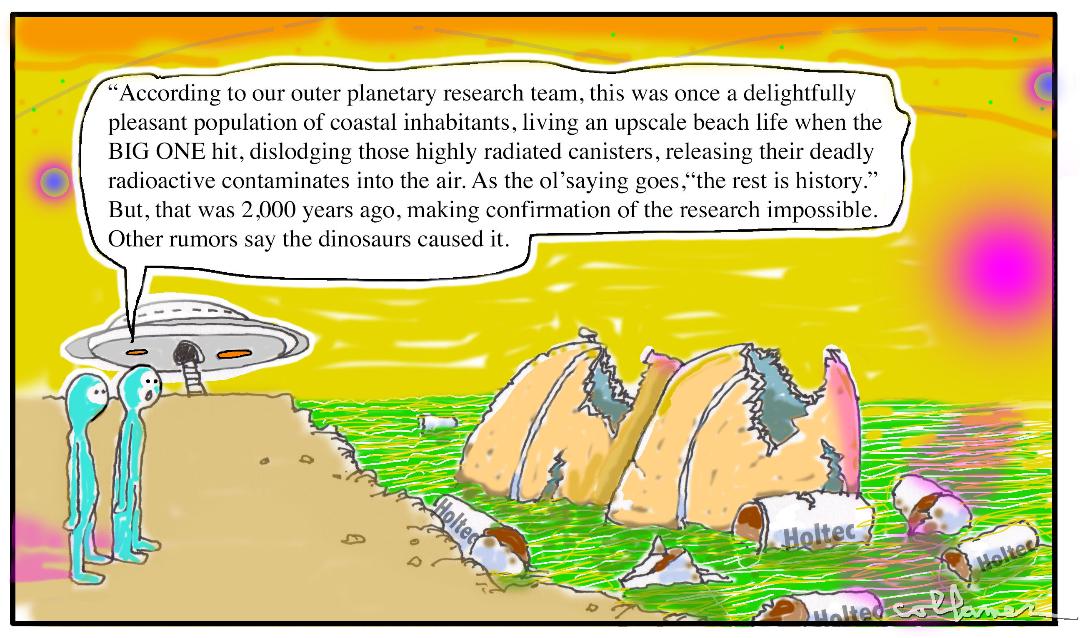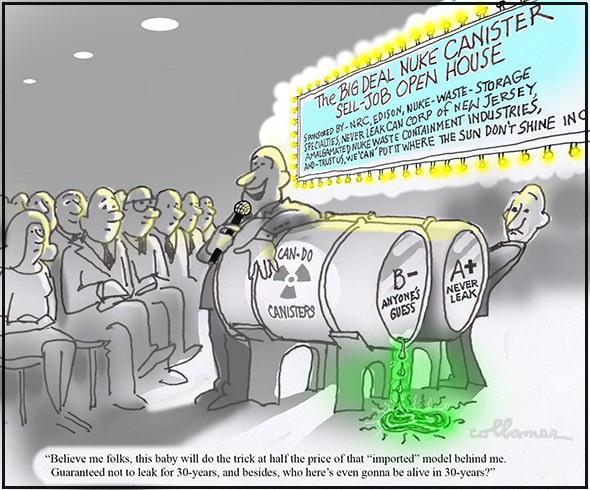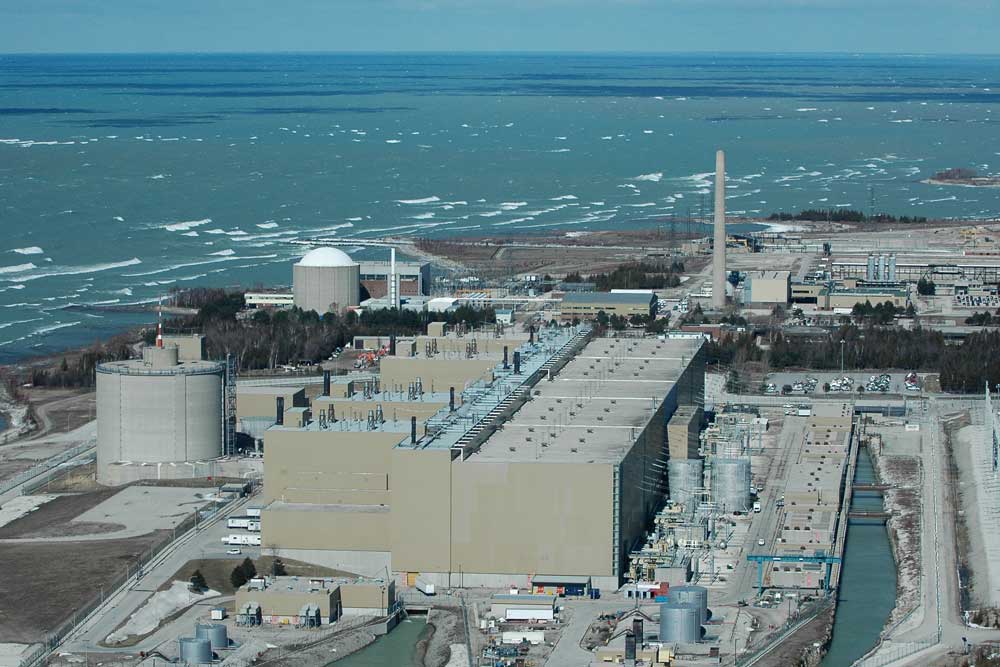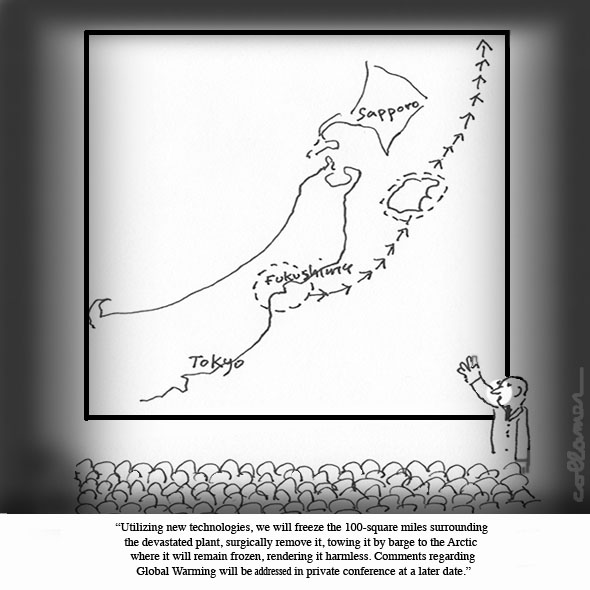When Joanna Macy speaks, the world listens. At 95, this eco-philosopher, author, and Buddhist scholar continues to inspire and guide those yearning for a sustainable future. We present an episode of EcoJustice Radio that celebrates Macy’s life and work, particularly her concept of “The Great Turning.”
Tag: nuclear dangers
Is Nuclear Waste at San Onofre Safe?
On today’s show Carry Kim speaks with special guest Torgen Johnson, an urban planner and community activist from coastal San Diego County here to discuss the stranded nuclear waste situation at the now closed San Onofre Nuclear Generating Station located just a short drive south of Los Angeles. Nuclear waste has been described by Greenpeace’s Michael Stothard as “the most destructive and indestructible waste in history.” Torgen will shed some light on how we can remain safe nevertheless.
San Onofre Nuclear Waste Dangers Compound
Since it was closed for safety violastions in 2012, the dangers of San Onofre Nuclear Generation Station (SONGS) between Orange County and San Diego have only continued to loom. Listen to this EcoJustice Radio interview with activists from Public Watchdogs explain how the nuclear waste being buried on the beach poses serious dangers to California.
San Onofre Beach as Permanent Nuclear Waste Dump
According to a former Nuclear Regulatory Commission Chief, the beach in front of San Onofre Nuclear Generating Station could become a permanent nuclear waste dump. Learn why Edison’s program of storing deadly nuclear waste on the beach is not a “temporary” plan. And cartoonist Jerry Collamer weighs in.
San Onofre: Beachfront Leaky Nuclear Waste Facility Underway
San Onofre Nuclear Plant, on the coast of California, is busy building a nuclear waste dump for 1,600 tons of spent fuel on a bluff overlooking the Pacific. Most U.S. nuclear power facilities store highly radioactive waste in thin-walled canisters (mostly 1/2-inch thick) that both the Nuclear Regulatory Commission (NRC) and the Department of Energy (DOE) admit cannot be inspected (on the outside or inside), cannot be maintained, repaired, and can crack and leak in the short-term.
Ontario: Nuclear Waste Repository Proposed for Great Lakes
The fate of a proposed nuclear waste facility near the Canadian shores of Lake Huron is left to the “democratic process” within a small Ontario nuke-dependent town, while failing to consult the 40 million people whose drinking water could be affected.
Freezing Fukushima: The Solution
“Utilizing new technologies, we will freeze the 100-square miles surrounding the devastated plant, surgically remove it, towing it by barge to the Arctic where it will remain frozen, rendering it harmless. Comments regarding global warming will be addressed in a private conference at a later date.”


